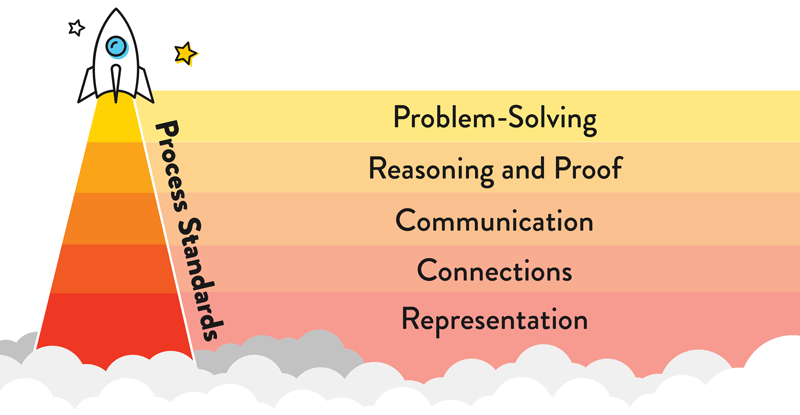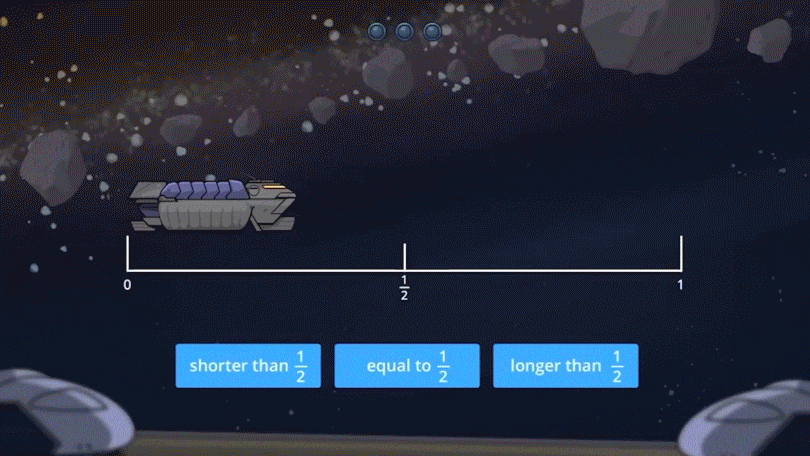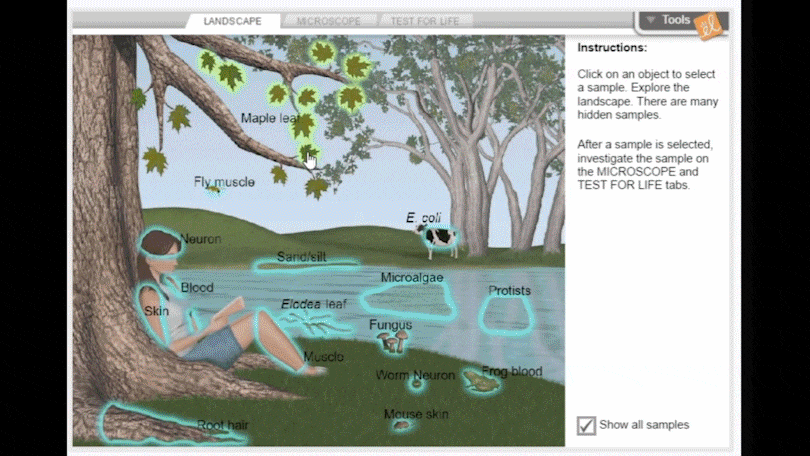
Follow the scope and sequence math path
Math teachers have a lot of ground to cover. From building solid foundations in kindergarten to growing and cementing skills in upper grades, a complete math program needs a clear path to follow. Scope and sequence provide an overview. The scope includes the skills and content for each class level over a period of time. The sequence refers to the particular order of teaching. Teachers have the complete pathway for mathematical knowledge and understanding when paired with the standards.
According to Dr. Heather Van Otterloo, Ed.D., “The roadmap provided by a well-developed scope and sequence ensures that all teachers across grade levels are able to work together to help students get to their destination effectively.”
Are scope and sequence the same as standards?
While scope and sequence and standards work together as a roadmap for effective math instruction, they are not the same. Scope and sequence outline the big ideas for each grade along with the continuum for learning. Standards, on the other hand, are broad learning goals. They define what students should understand and be able to do as they move down the math path. Think of standards as the outcomes of a course of study. They provide measurable learning goals.
Scope and sequence can vary between districts because teachers plan a progressive order for content and skills to master by the end of the school year. Standards are typically created by national or regional associations for particular subjects or by state boards of education or state education departments. Both guide instruction for developing content area knowledge and critical-thinking skills needed success after graduation.
What’s the big deal?
Teachers don’t just wing it when it comes to lesson plans. They follow the National Council of Teachers of Mathematics for a clearly defined instructional map to bring challenging and focused learning to students. Founded in 1920, NCTM is the world's most extensive mathematics education organization. Because scope and sequence combined with standards are essential, NCTM provides a complete framework for math instruction.
The map for implementation in math includes two types of standards: Content Standards and Process Standards.
Content Standards deliver specific expectations by grade levels, including PreK-2, Grades 3-5, Grades 6-8, and Grades 9-12.
There are five Process Standards to consider when delivering math instruction recognized by NCTM:
Scope and sequence mark the path with mathematical standards for instruction that is well planned and grade-level appropriate from kindergarten to graduation.

Continue the journey:

Research Shows Frax
Significantly Improves Fractions
Knowledge and Confidence

7 Strategies
to Solve the Biggest
Math Challenges

Researched &
Innovative Math Fact Fluency
Solution
Sign up to get the latest updates from ExploreLearning via occasional email.



